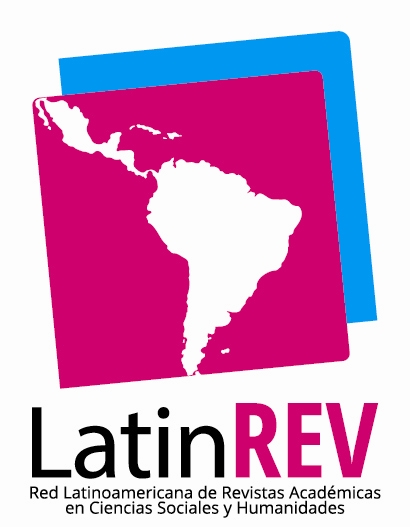Characterization of descriptive language at the preschool
Keywords:
descriptive language, language skills, preschool age, phonoaudiologyAbstract
This article presents the most important aspects of a final work carried out to access the bachelor’s degree in Phonoaudiology. Language is a symbolic-linguistic phenomenon that fulfills both cognitive and interactional (social) functions in the lives of individuals and peoples (Flórez Romero, 2003). At present, there is a consensus on its fundamental role in the educational field, because it is the means through which knowledge is transmitted, which will require language skills from children that allow them to actively participate in various communicative situations. Therefore, the study of the acquisition of language skills that are put into play in everyday life and in the transmission or validation of knowledge makes sense. The objective of this research was to characterize 4 and 5 year old children’s ability to describe, who attend a school located in a popular neighborhood of the city of San Luis (Argentina). The hypothesis was that the children make descriptions, although they show a small vocabulary. The conclusion of the work was that the children in the sample were able to make descriptions, however, a significant number did so with limited vocabulary, which is not expected in preschool-age children with typical language development.
Downloads
References
Abraham, María del Valle y BRENCA, Rosa María (2016). De los Actos de Habla a las Destrezas Narrativas. Buenos Aires: Akadia.
Calsamiglia Blancafort, Helena y Tusón Valls Amparo (2001). Las cosas del decir: manual de análisis del discurso. Barcelona: Ariel.
Berko, Jean y Bernstein, Nan (2010). Desarrollo del lenguaje. Madrid: Pearson Educación.
Desinano, Norma y Avendaño Fernando (2011). Didáctica de las ciencias del lenguaje. Enseñar ciencias del lenguaje. Rosario: Homosapiens.
Flórez Romero, Rita (2003). “El desarrollo del lenguaje: de la oralidad a la escritura”, en Areté, 3 (1), 25-29.
Martínez Toledo, Rocío (2015). Desarrollo de habilidades narrativas en niños de 5 a 7 años: un estudio longitudinal. [Tesis de grado presentada para optar al título de magister en educación línea comunicación y educación. Universidad Nacional de Colombia. Facultad De Ciencias Humanas]. Recuperado de:
http://bdigital.unal.edu.co/49592/1/TESIS%20ROCIO%20ANG%C3%89LICA%202015.pdf?sequence=1&isAllowed=y (12/12/2019).
Owens, Robert. E. (2003). Desarrollo del Lenguaje. Madrid: Pearson Educación.
Silva, Ma. Luisa; Guiragossian, Eva y Gasparini, Ma. Victoria. (2018). “Desarrollo léxico en el jardín de infantes: incidencia de la lectura de cuentos en la dinámica del taller literario”, en Pensamiento Educativo. Revista de Investigación Educacional Latinoamericana, 55 (2), 1-14. Recuperado de: http://dx.doi.org/10.7764/PEL.55.2.2018.2 (20/04/2020).
Vázquez Fernández Patricia (2011): Enfoque neurolingüístico en los trastornos del lenguaje infantil. Semiología, evaluación y terapéutica aplicada. Buenos Aires: Akadia.
Downloads
Published
Issue
Section
ARK
License
Copyright (c) 2021 Ana Belén Cuello, María Elena Pereira Flores

This work is licensed under a Creative Commons Attribution 4.0 International License.






